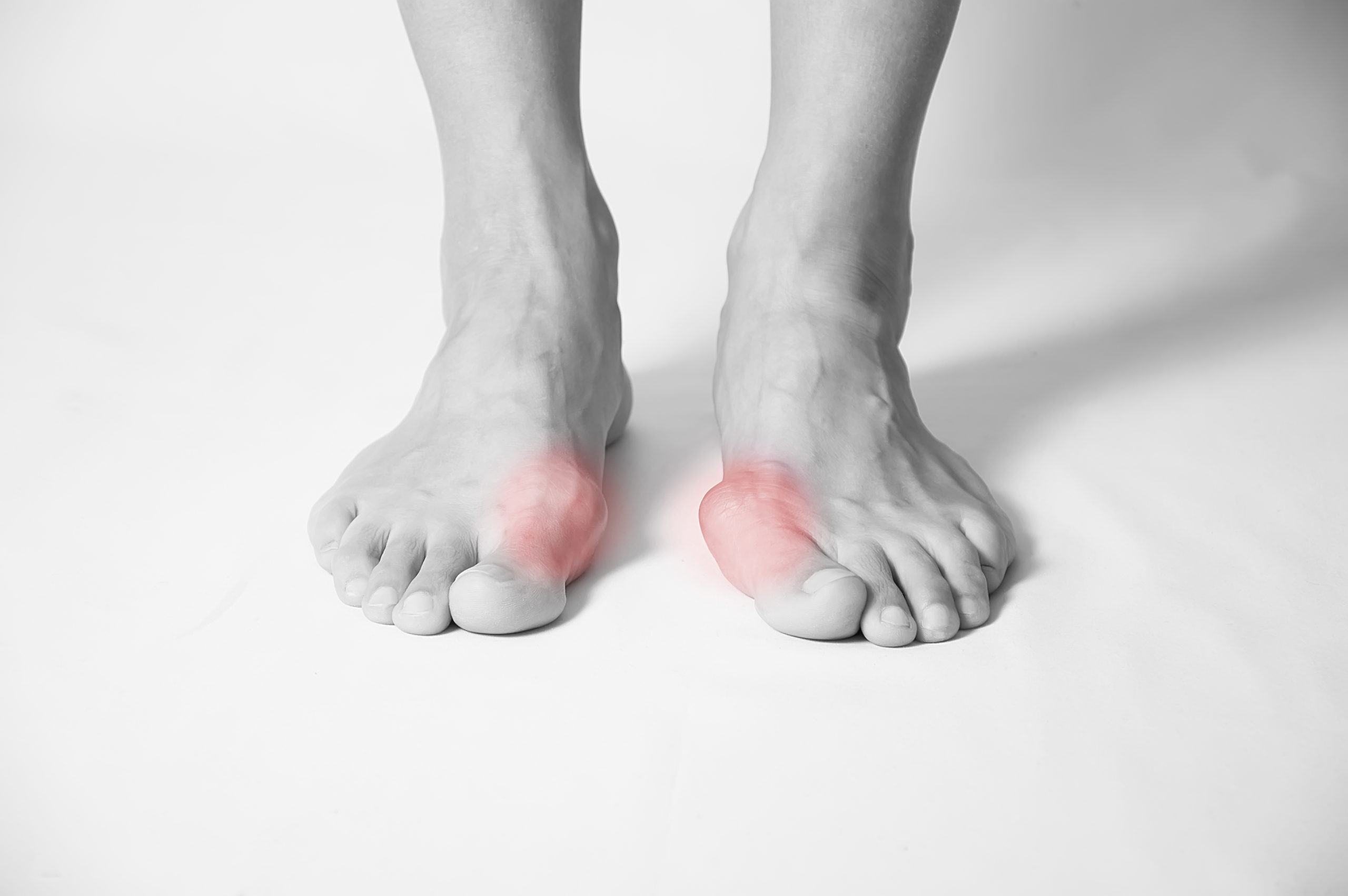Here are the top five running injuries specific to women, as well as tips on how to prevent and treat these types of injuries.
1. Stress fractures
Stress fractures occur when your bones are placed under more stress than they can physically handle. Women runners frequently experience stress fractures in the metatarsal bones of their feet, as well as in the medial (inside) and posterior (backside) of the tibia bone, which is the larger of the two lower leg bones. Stress fractures in women can be caused by lack of lower leg muscle mass, nutritional deficiencies, irregular menstrual cycles, low bone density, and low estrogen levels.
Stress fractures are often characterized by sharp pain on the bone that can be felt when pressed, and is sometimes accompanied by swelling. When left untreated, stress fractures can result in pain when walking or resting. The best way to prevent stress fractures is to boost your intake of calcium and vitamin D, and strengthen the muscle groups below and above the fracture site. In some cases, your podiatrist may recommend that you stop running for between four and eight weeks to allow your body to fully recover.
2. Patellofemoral pain syndrome
Patellofemoral pain syndrome, which is more commonly known as knee pain, can occur due to hip muscle weakness, strength imbalance, increased stress across the patellofemoral joint, and excessive or insufficient pronation. Knee pain can occur behind, below, and around your kneecap, and becomes pronounced when running, climbing, or descending stairs. To correct knee pain, your podiatrist may provide you with custom orthotics to help stabilize your feet and reduce impact when running, and may recommend that you do exercises to strengthen your hip flexors. You may also be advised to discontinue hill running until your knee pain subsides, and reduce the amount of time you spend running.
3. Iliotibial band friction syndrome
Iliotibial band friction syndrome (ITBS) is a type of lateral knee pain that occurs as a result of ongoing friction between your iliotibial band and the outside of your knee. Your iliotibial band is the band of tissue that runs down your thigh from your hip, to just below the knee. ITBS is commonly caused by excessive or abrupt increases in running distance, or from doing an excessive amount of downhill running. ITBS can also be caused by wearing stiff running shoes that limit pronation, exhibiting poor running form or mechanics, or by having weak hip and glute muscles.
ITBS is normally characterized by pain or burning sensation on the outside of the knee, especially when doing activities that require you to bend your knees. In most cases, you can treat ITBS by stretching your IT band, putting ice on the affected area between three and four times per day, and by strengthening your hip and glute muscles.
4. Achilles tendinitis
Achilles tendinitis occurs when you run more than usual to push yourself, and when you fail to give your body the time it needs to recover between workouts. Achilles tendinitis can also occur due to running on hills, overpronation, having weak calves, and exhibiting poor calf muscle flexibility. This particular foot condition is associated with pain over the Achilles tendon when you run, or when performing everyday activities. In most cases, your podiatrist may recommend that you treat Achilles tendinitis by strengthening your calf muscles, wearing different running shoes to correct overpronation if necessary, and by icing the tendon between three and four times per day.
5. Plantar fasciitis
Plantar fasciitis occurs when the fascia on the bottom of your foot becomes irritated, and affects arch support as a result of degeneration. Plantar fasciitis can be caused by having weak calf muscles, flat or high-arched feet, and by increasing your running speed or running mileage before your body is ready. The best way to correct problems with plantar fasciitis is to work on strengthening and stretching your calf muscles, lowering the intensity and volume of current runs, and by wearing a splint at night to hold your foot in a flexed position as you sleep. If plantar fasciitis cannot be resolved with non-surgical treatment, your podiatrist may recommend that you undergo surgery known as plantar fascial release, which can help correct the problem and provide pain relief.
Are you living with foot pain and need help caring for your feet? Call Kansas City Foot Specialists to schedule an evaluation at (913) 338-4440, or request an appointment online so we can determine the cause of your injury and get you back on your feet.


